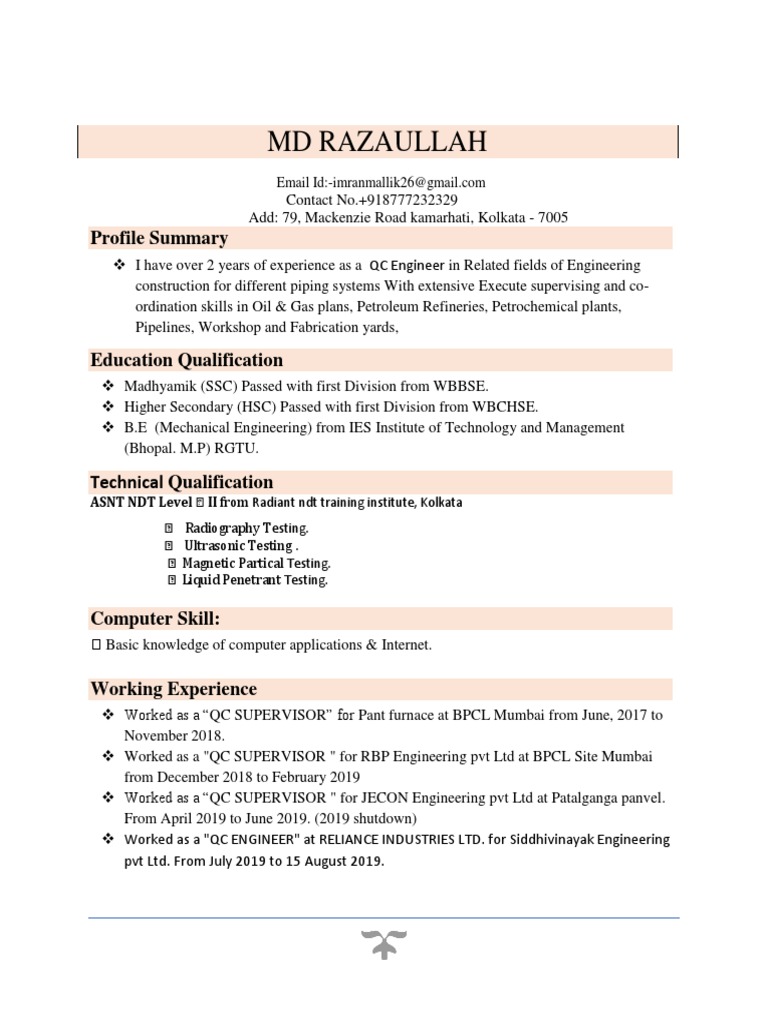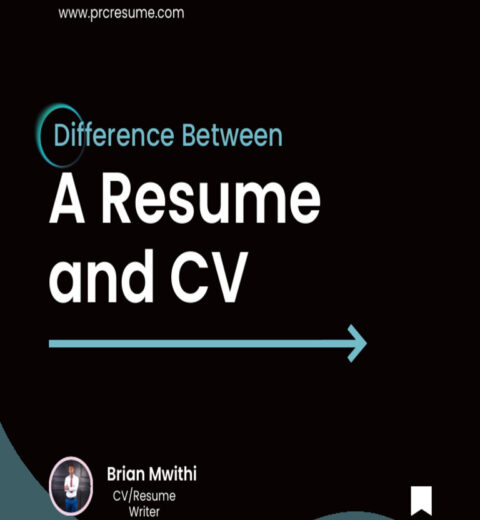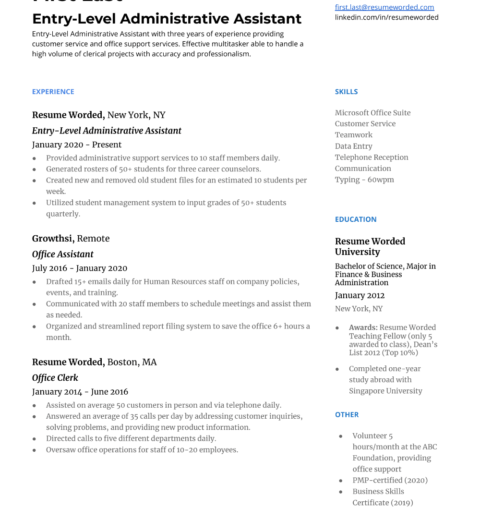Creating a compelling resume is a pivotal step in the job application process. A well-crafted resume not only showcases your qualifications but also serves as your personal marketing tool. It is essential to comprehend that hiring managers often sift through numerous applications; hence, an effective resume must differentiate itself from the crowd. This article provides a comprehensive, step-by-step blueprint for constructing a stellar resume that addresses key concerns for prospective employers.
1. Understanding the Purpose of a Resume
The primary function of a resume is to present a snapshot of your professional trajectory, experiences, and skills. It must convey your suitability for a position succinctly. By distilling your background into relevant information, you increase your chances of capturing the attention of hiring managers. Remember, the objective is to secure an interview, where you can elaborate on your qualifications in more detail.
2. Choosing the Right Format
When crafting a resume, selecting the appropriate format is crucial. There are three predominant styles to consider:
- Chronological: This format lists your work history in reverse chronological order. It is ideal for those with a robust professional background.
- Functional: This style emphasizes skills over work history and is particularly beneficial for job seekers with gaps in employment or those changing careers.
- Combination: This hybrid format merges elements of both chronological and functional resumes, allowing for a more versatile presentation of your qualifications.
Choose the format that best showcases your strengths and aligns with the position you are targeting.
3. Crafting an Engaging Summary or Objective Statement
Your resume should start with a succinct summary or objective statement. This brief yet impactful section provides insight into your professional identity and aspirations. An effective summary encapsulates your experience and skill set, while an objective statement outlines your career goals. Tailor this section to echo the language of the job description, ensuring that you align your qualifications with the employer’s needs.
4. Highlighting Relevant Experience
The experience section is where you will detail your professional experience. Every entry must include your job title, company name, location, and dates of employment. However, it is not merely a list; this section should demonstrate your contributions and accomplishments in each role. Use action verbs such as “developed,” “managed,” or “implemented” to convey your responsibilities actively.
Instead of merely stating duties, quantify your achievements wherever possible. For instance, “Increased sales by 20% in the first quarter” offers tangible evidence of your capabilities. Tailor this section to reflect experiences most pertinent to the job you seek.
5. Showcasing Your Skills
The skills section is a critical element of your resume. This area allows you to spotlight both hard and soft skills relevant to the position. Hard skills typically encompass specific technical competencies, such as proficiency in software or expertise in methodologies, while soft skills involve interpersonal attributes like communication or teamwork. Utilize bullet points for clarity and consider incorporating keywords from the job description to enhance your resume’s visibility in applicant tracking systems (ATS).
6. Including Education and Certifications
Your educational background is a paramount aspect of your resume, especially for entry-level positions. Include the name of the institution, degree obtained, and graduation date. If you have advanced degrees or specialized certifications, ensure they are prominently featured as they can set you apart from other candidates. Additionally, if your education is particularly relevant to the job, consider including pertinent coursework or projects.
7. Incorporating Additional Sections
Depending on your experience and industry, it may be advantageous to include additional sections such as:
- Volunteer Experience: Demonstrates community involvement and skill development.
- Professional Affiliations: Highlights engagement with industry organizations.
- Awards and Honors: Reflects recognition for achievements.
- Publications: Indicates expertise and contributions to your field.
These elements can provide further depth to your qualifications, especially in competitive fields.
8. Proofreading and Formatting
Once your resume is complete, meticulous proofreading is essential. Typos, grammatical errors, or inconsistent formatting can create a negative impression. Ensure your font choice is professional and consistent throughout. Utilize bullet points for easy readability and keep your layout clean and organized.
A resume should ideally be one page, especially for those with fewer than ten years of experience. However, if your qualifications warrant a longer document, remain concise and relevant.
9. Customizing for Each Application
Generic resumes often fail to make an impact. Tailoring your resume for each job application is crucial. Analyze the job description and incorporate relevant keywords and experiences that align with the employer’s needs. A targeted resume conveys to the hiring manager that you have invested time and effort into your application.
10. Seeking Feedback
Before submitting your resume, consider seeking feedback from trusted colleagues or professionals in your field. They can provide valuable insights and highlight areas for improvement that you may have overlooked. Fresh perspectives often reveal inconsistencies or ambiguities that could detract from your presentation.
Conclusion
Creating a noteworthy resume is an iterative process that requires thoughtful consideration and strategic planning. By following this step-by-step blueprint, you can ensure that your resume effectively communicates your qualifications and enhances your chances of landing an interview. Remember, your resume is the first impression you will make—invest the effort to make it a strong one.




